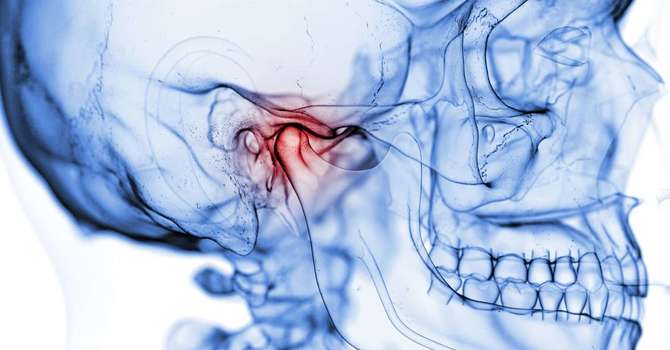
Urinary Stress Incontinence (USI) affects 25% of women over 40 with the incidence increasing with age. It is defined as a loss of urine often with cough, sneeze, laughing, running or lifting. Yet despite the prevalence of this condition many women do not seek help until symptoms become severe and have been ongoing for at least 2 years. Factors contributing to USI are childbirth, pregnancy, menopause, low back pain, weight gain and smoking.
USI responds well to conservative non-surgical treatment with the first line of treatment often being pelvic floor strengthening exercises under the supervision of a physiotherapist. Physiotherapists often use biofeedback and electrical stimulation to help reeducate these muscles.
The pelvic floor is a sling of muscles that extends from the symphysis pubis at the front of the pelvis to the coccyx at the back. These muscles support the abdominal contents and contract to close the urinary sphincter stopping the flow of urine. However, the pelvic floor is part of a team of deep stability muscles that work to respond to changes in abdominal pressure. The other muscles are the diaphragm and the lower abdominal muscles. If we use these muscles together they help each other and are the foundation for keeping us continent and give us a good basis for movement. Julie Weibe PT (www.juliewiebept.com) talks about a piston effect. When you breathe in using your diaphragm it descends, increasing the pressure in the abdominal cavity. The pelvic floor and the lower abdominals respond to this pressure and on expiration recoil up as the diaphragm rises. So when doing a Kegel first breathe in using your diaphragm and lower ribs, feel the pelvic floor relax, as you breath out gently tighten your pelvic floor and lower abdominals, activating your core. The pelvic floor works better if you have good posture with your ribcage sitting over your pelvis. With a little practice you can teach the pelvic floor to work as part of the team and to respond in everyday activities such as lifting, running and jumping.
Osteopathy treatment can help the body work more efficiently so the rest of the team can help control the pressure and the amount of work the pelvic floor has to do. We work on tensions in the diaphragm and fascia that surround the organs in the thoracic and abdominal cavities so that there is less downward pressure on the bladder and pelvic floor. Surgical scars are also addressed.
Increasing mobility in the spine and pelvis can improve posture and ensure the nerves that supply the bladder from the lumbar spine and the sacrum are not compressed. Restricted movement in the hips can cause muscles that move the hip to become tight and affect the bladder and pelvic floor muscles.
Seeing a physiotherapist with training in pelvic floor rehab and an osteopath can help improve the ability of the pelvic floor to work and allow you to return to an active lifestyle.



